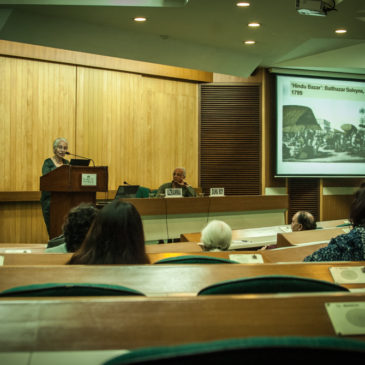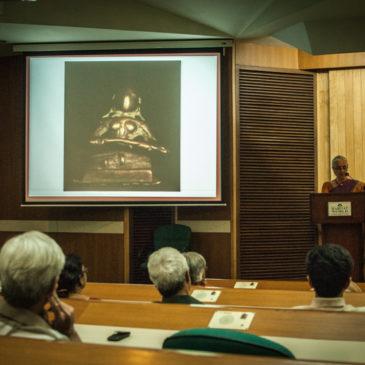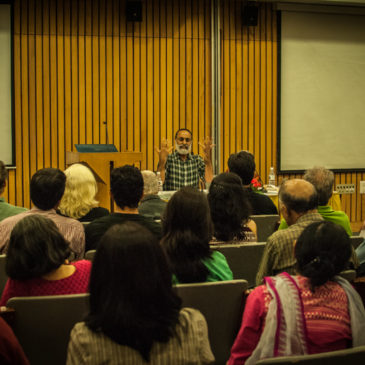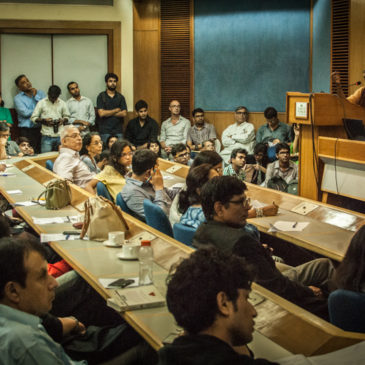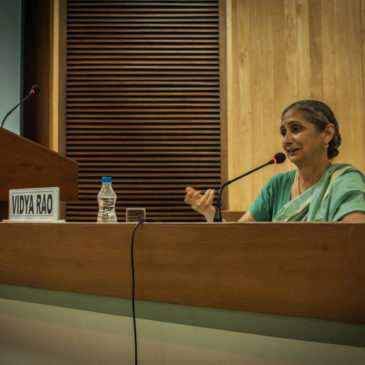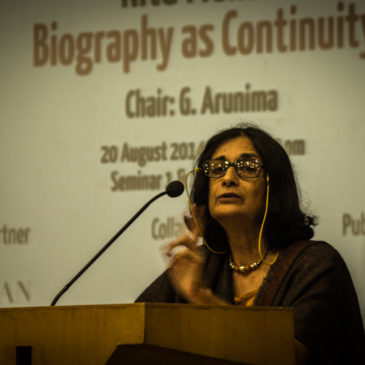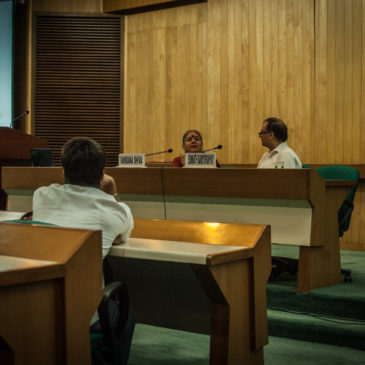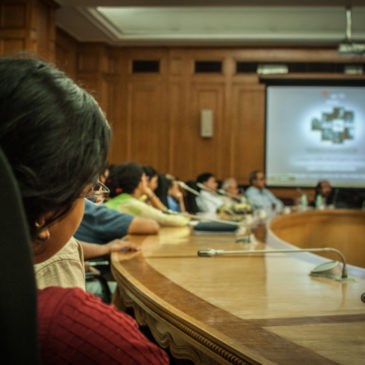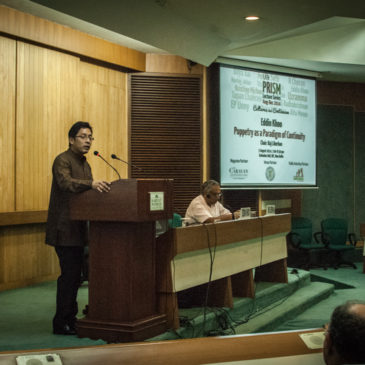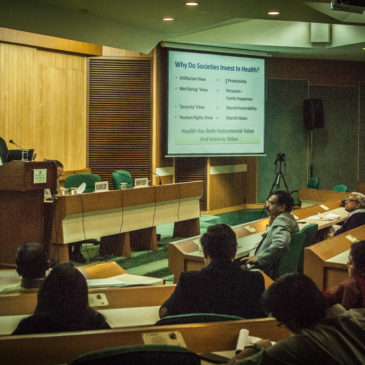Uzramma: Cotton Cloth as Continuity
The story starts as a fairytale. Once upon a time, a country produced enough cotton to clothe its large population, and much of the rest of the world. A tale in which emperors would go to any extent to acquire those refined, light and smooth clothes. And this fairy tale, is the story of cotton cloth in India. And a fairy tale it is, sadly, because the worldwide fame of the past has ironically turned into a leftover industry in its own land, overrun by the capital and energy demanding reign of the power looms. “The handloom is a low carbon production technology for the energy-stressed future,” textile activist Uzramma said, in the introduction of the eighth PRISM lecture of this year’s series… and yet, this industry, which employs nearly fifty million people in the country, is unrecognised, almost invisible, indebted and under-promoted today.


